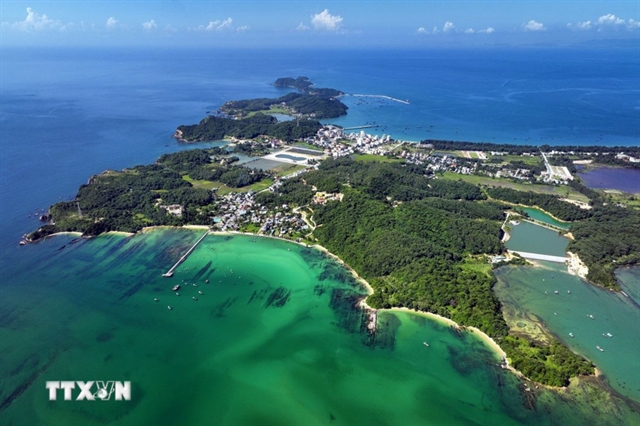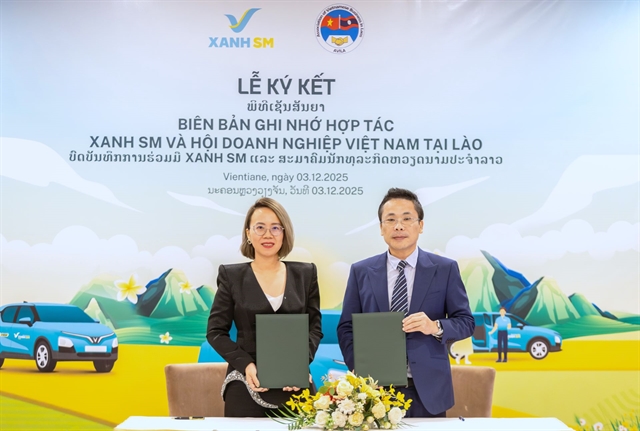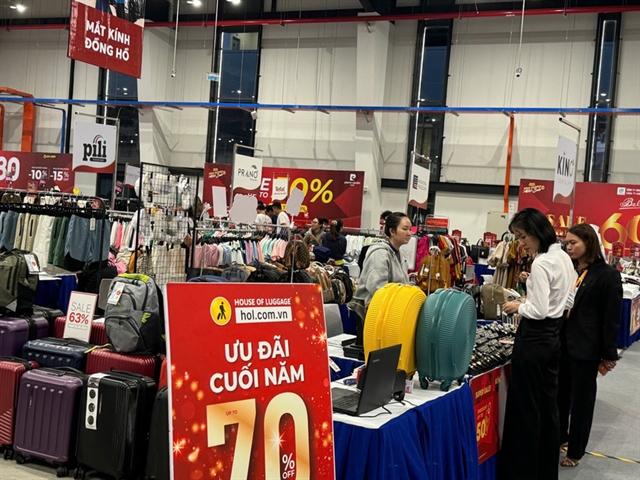.jpg) Politics & Law
Politics & Law
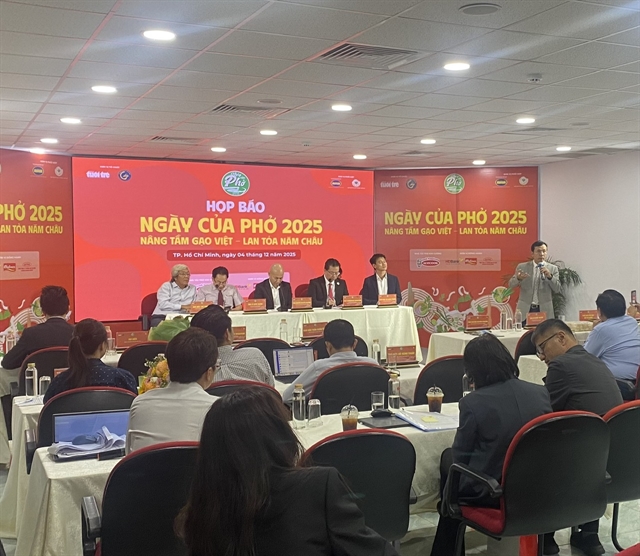
Việt Nam has been making practical contributions to turning the Mekong sub-region into a dynamic and prosperous economic area via CLMV and ACMECS cooperation frameworks.
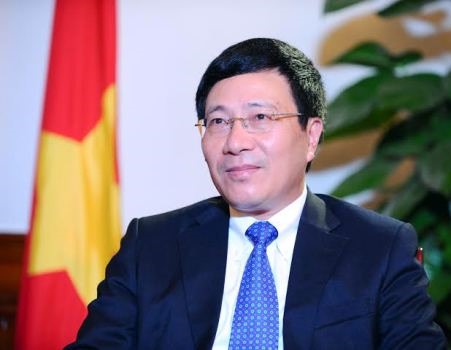 |
| Deputy Prime Minister and Foreign Minister Phạm Bình Minh |
HÀ NỘI – Việt Nam has been making practical contributions to turning the Mekong sub-region into a dynamic and prosperous economic area via CLMV and ACMECS cooperation frameworks.
That was the comment of Deputy Prime Minister and Foreign Minister Phạm Bình Minh ahead of the 8th Cambodia-Laos-Myanmar-Việt Nam Summit (CLMV-8) and the 7th Ayeyawady-Chao Phraya-Mekong Economic Co-operation Strategy Summit (ACMECS-7) which will be held in Hà Nội on October 25 and 26.
“As the Mekong region steps into a new stage of development, full of opportunities and challenges, the co-operation in the framework of CLMV and ACMECS will further bring into play advantages and potential to ensure the economic growth of the five Mekong countries,” Minh said.
According to Minh, Việt Nam, as the eastern gateway of the Mekong sub-region, is an indispensable component of the East-West Economic Corridor and the South Economic Corridor. The country has proactively proposed and implemented many ideas, contributed to the drafting of numerous important documents, and promoted initiatives for the sub-region’s development, while providing development assistance to other countries in the region, including assistance in terms of human resources and infrastructure.
In the CLMV framework, Việt Nam has created a CLMV scholarship fund which offered dozens of scholarships to students from Cambodia, Laos and Myanmar each year. The programme is appreciated by beneficiary countries which have recommended extending it during 2016-2020.
Việt Nam acts as a coordinator in many fields in both CLMV and ACMECS frameworks, and has implemented many practical activities helping promote comprehensive co-operation among countries. Well aware of the importance of the sustainable use of natural resources in the Mekong river basin, Việt Nam actively promoted co-operation on environment and management of water resources. Việt Nam is the first country to raise the idea of establishing a working group on environment within the framework of ACMECS and currently is a co-chair of the group.
In 2016, Việt Nam hosted several meetings of specialised working groups and senior officials of the CLMV and ACMECS. The country undertook a number of improvements to help the working groups be more professionally organised and co-ordinate more smoothly, which is welcomed by CLMV and ACMECS member nations.
Minh said the Association of the Southeast Asian Nation (ASEAN) has taken a long time to successfully set up an ASEAN Community with the core values of solidarity, consensus, and “unity in diversity”.
However, one of the obstacles for the community was uneven development among the members, especially between CLMV and six other members.
Enhancing the development co-operation among the four countries was an objective requirement of the ASEAN integration.
The first CLMV Summit, held in Vientiane in 2004, affirmed the co-operation determination of the four countries for common benefits, and called on the assistance of international organisations to promote economic development and social improvement in the Mekong region, Minh said.
“The CLMV co-operation is an open mechanism to develop the potential and advantages of each country as well as call on financial and technical assistances from other ASEAN members”, he said.
“This is also a forum for the CLMV countries to exchange viewpoints to protect their own interests during the economic integration process with ASEAN members as well as other partners such as the US, China, Japan, South Korea and the European Union”.
Along with the CLMV co-operation, the four countries and Thailand set up the ACMECS, with an overall purpose of peace, stability and prosperity, he said.
The ACMECS’ s key target was to boost the competitiveness and economic growth in the countries’ border areas, effectively promote agricultural and industrial production, create jobs, and narrow income gaps among the countries.
The ACMECS co-operation focused on eight key sectors of trade-investment, agriculture, industry-energy, transport, tourism, human resources, healthcare, and environment.
“After 13 years of operation, the CLMV and ACMECS co-operation has contributed to strengthening a peaceful and stable environment in the region, promoting economic, trade and investment ties among member countries and narrowing development gap in the ASEAN,” the deputy PM said.
Thanks to extensive economic reforms and efforts in liberalising and facilitating trade and investment, the Mekong region has become a dynamic development region and an important driving force for ASEAN’s growth.
The highlight of the CLMV and ACMECS co-operation was to aim for specific results with outstanding projects and programmes being many new roads in the East-West Economic Corridor and the South Economic Belt, and many bilateral and multilateral agreements on transport, customs and immigration procedures, and scholarships.
The CLMV and ACMECS are also important mechanisms for Mekong countries to co-ordinate efforts to cement trust and hold dialogues to seek solutions to common challenges like water resources, climate change and diseases based on the harmony of interests of all sides.
The ACMECS-7 and the CLMV-8, which have the theme of Towards a dynamic and prosperous Mekong sub-region: Seizing opportunities, shaping the future, will provide an occasion for leaders to review the implementation of approved action plans and reach consensus on co-operation measures to improve competiveness of economies, promote regional integration and respond to common challenges, for the Mekong sub-region’s future of peace and prosperity.
On the occasion, at Việt Nam’s initiative, the World Economic Forum on Mekong region (WEF Mekong) will be organised for the first time alongside the CLMV-8 and ACMECS-7 to promote the region’s potential to the international business community. -- VNS

